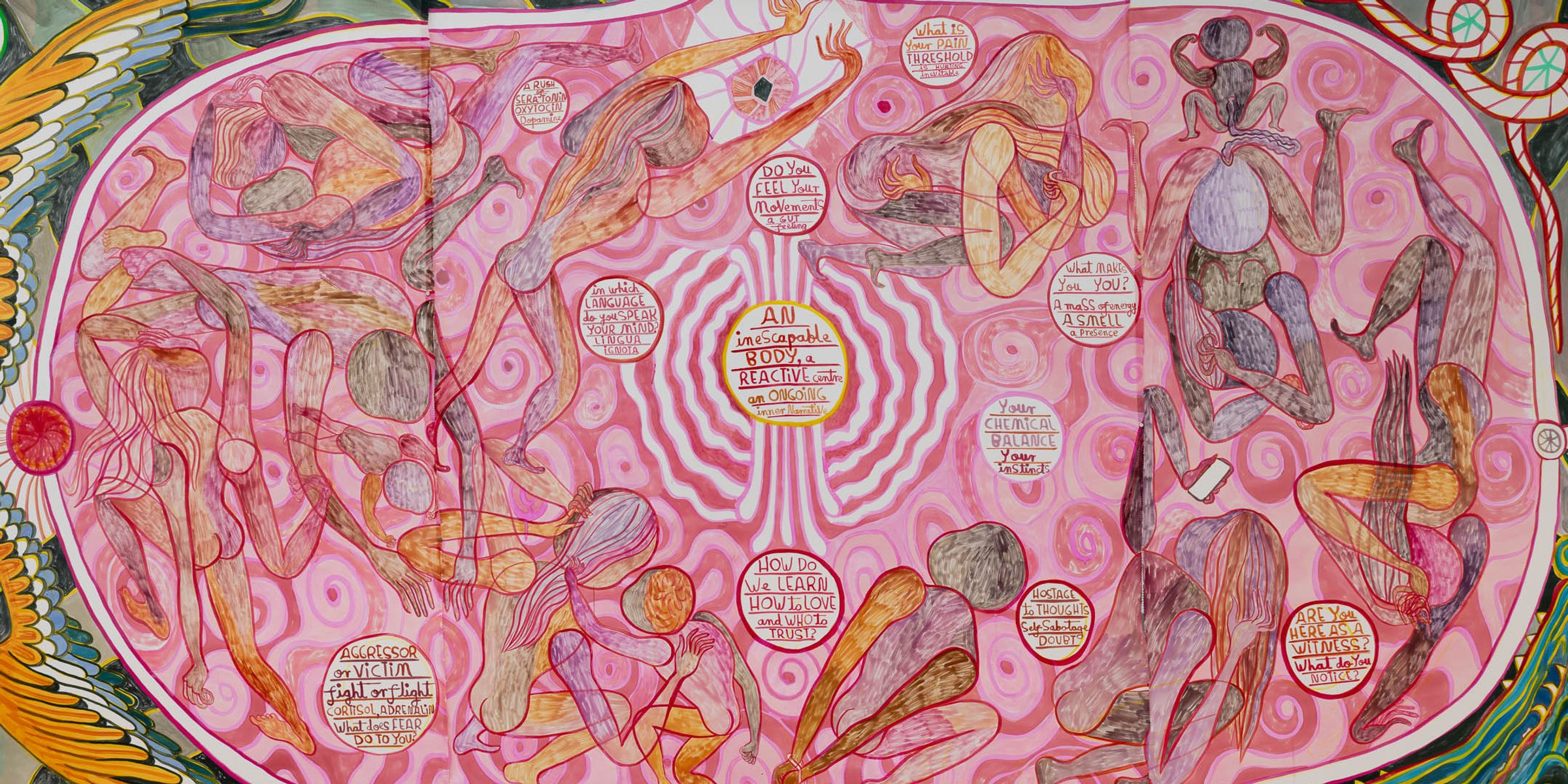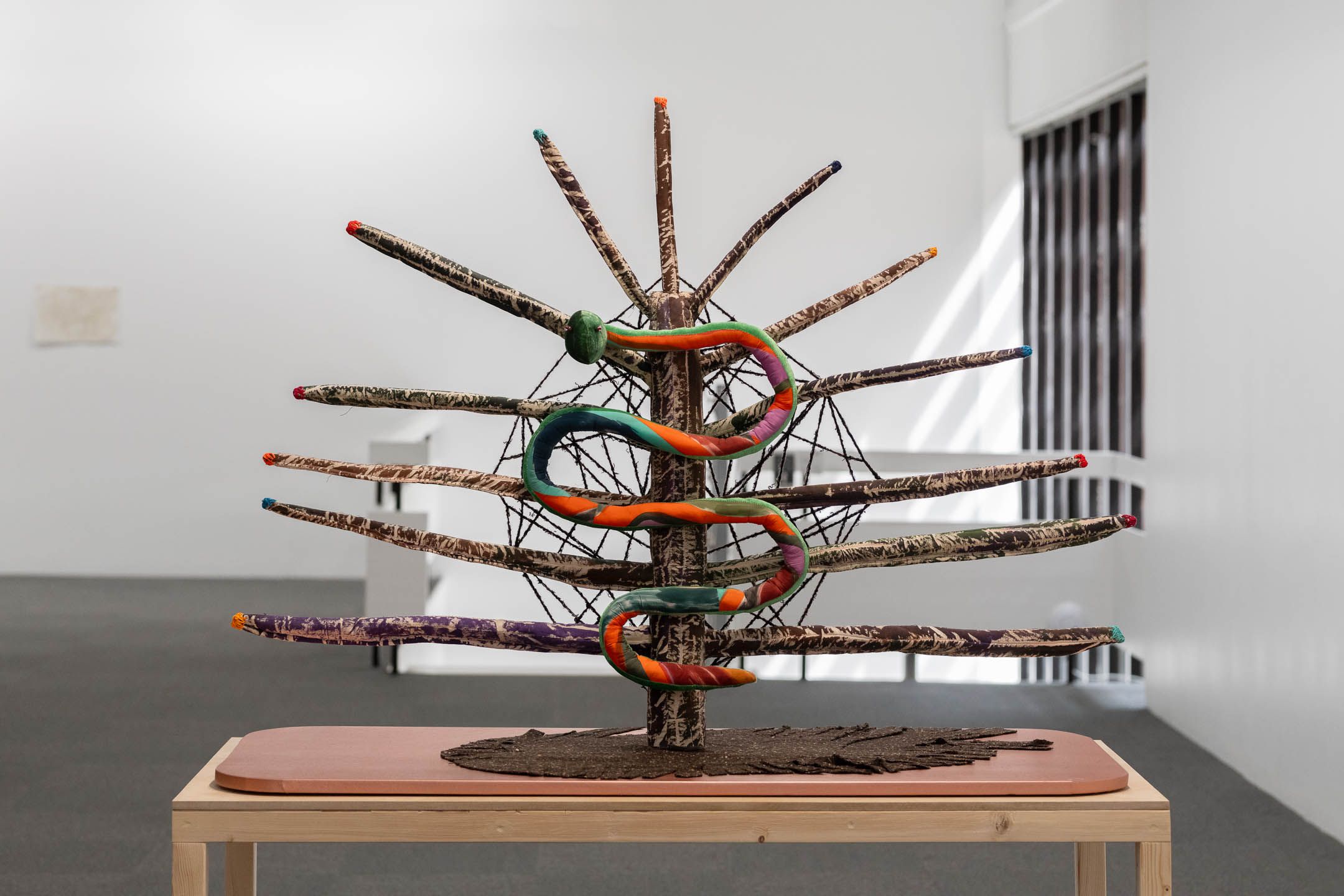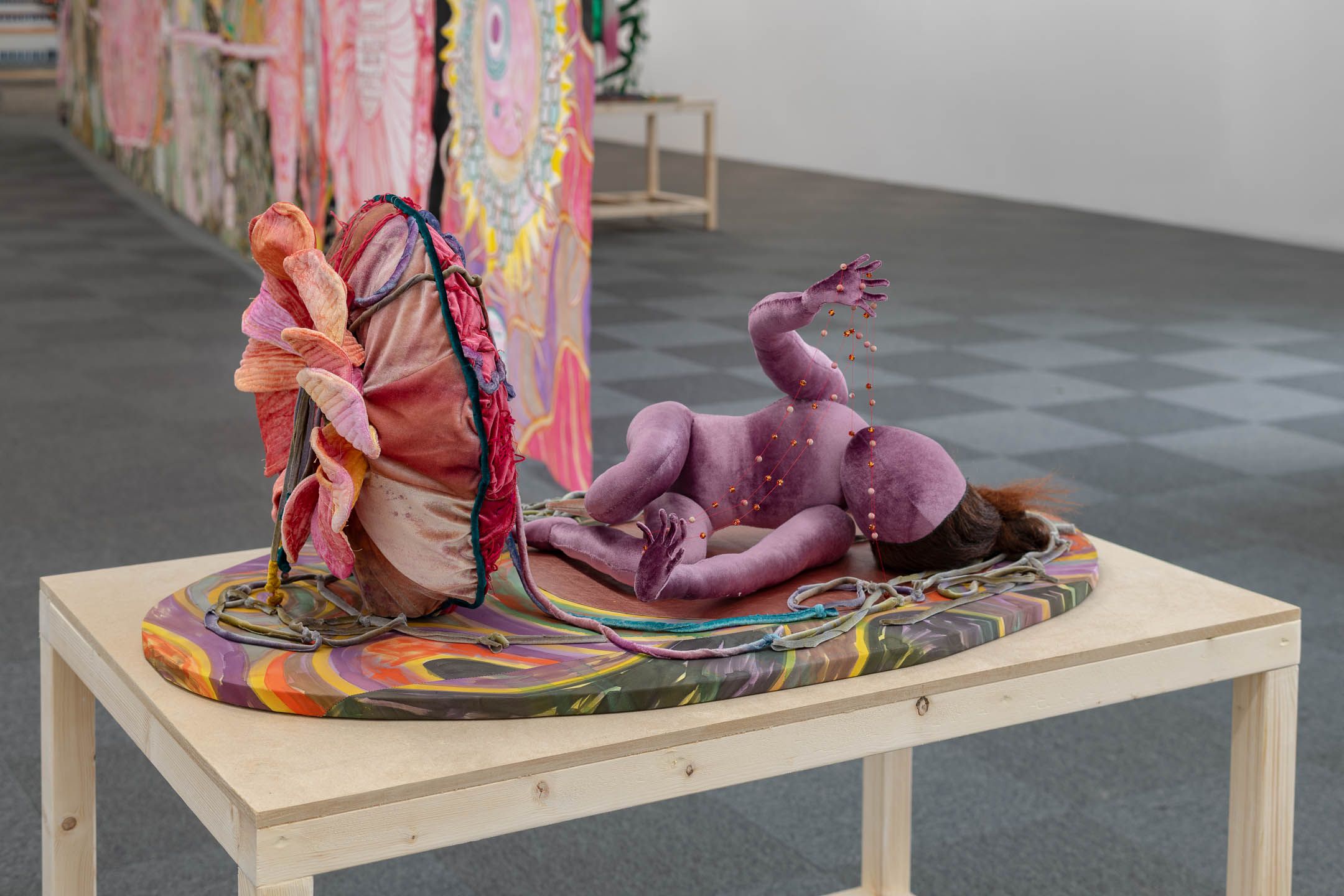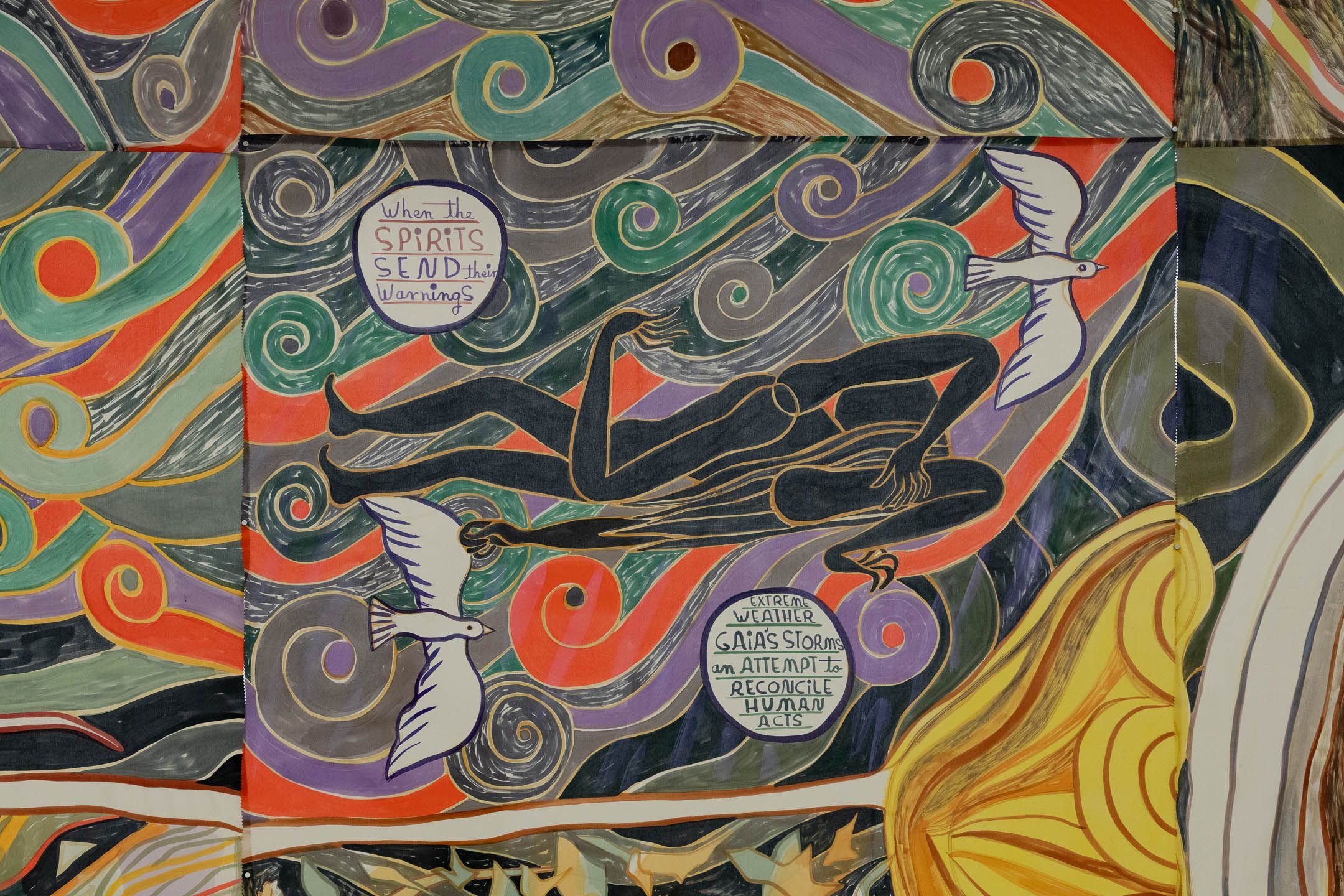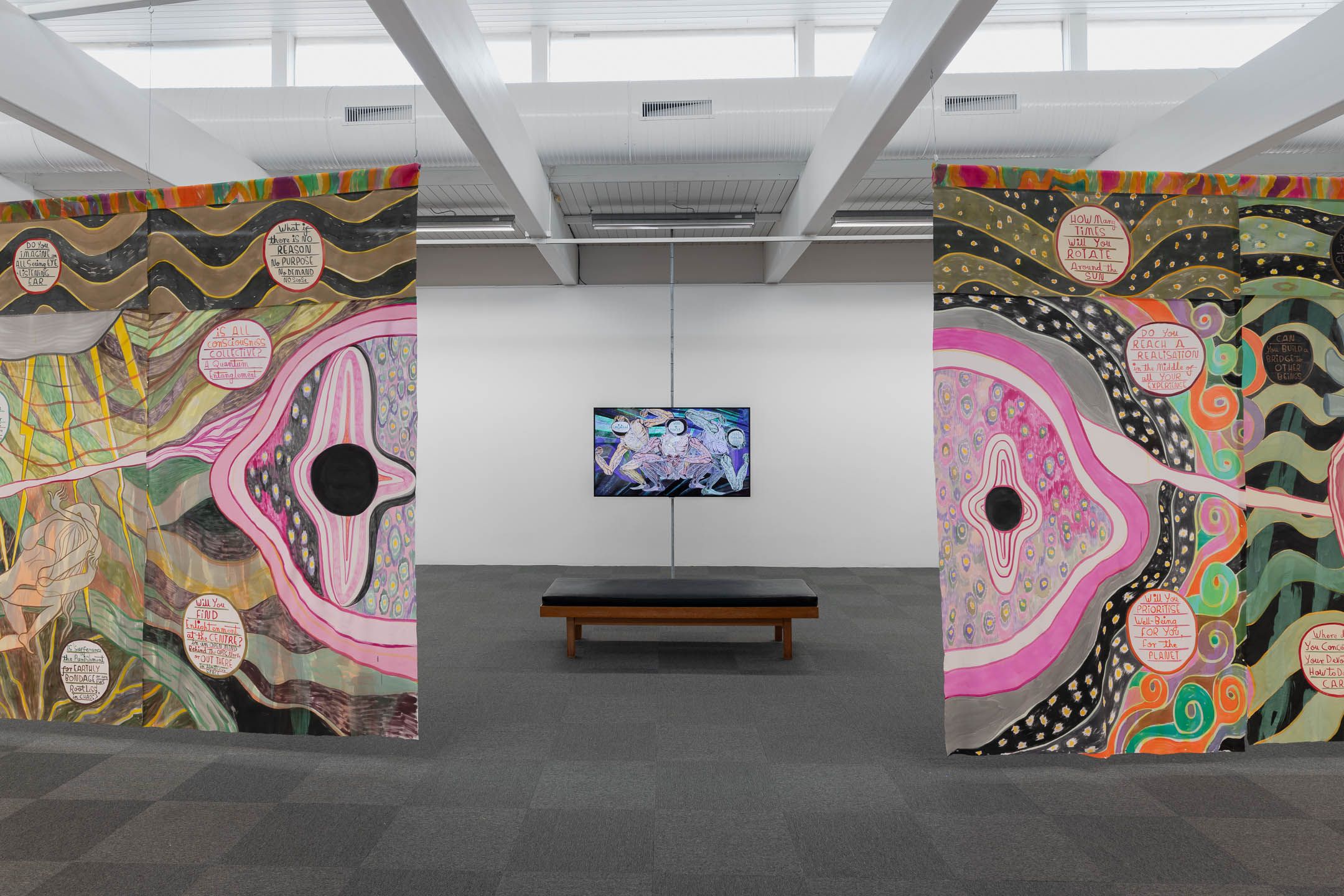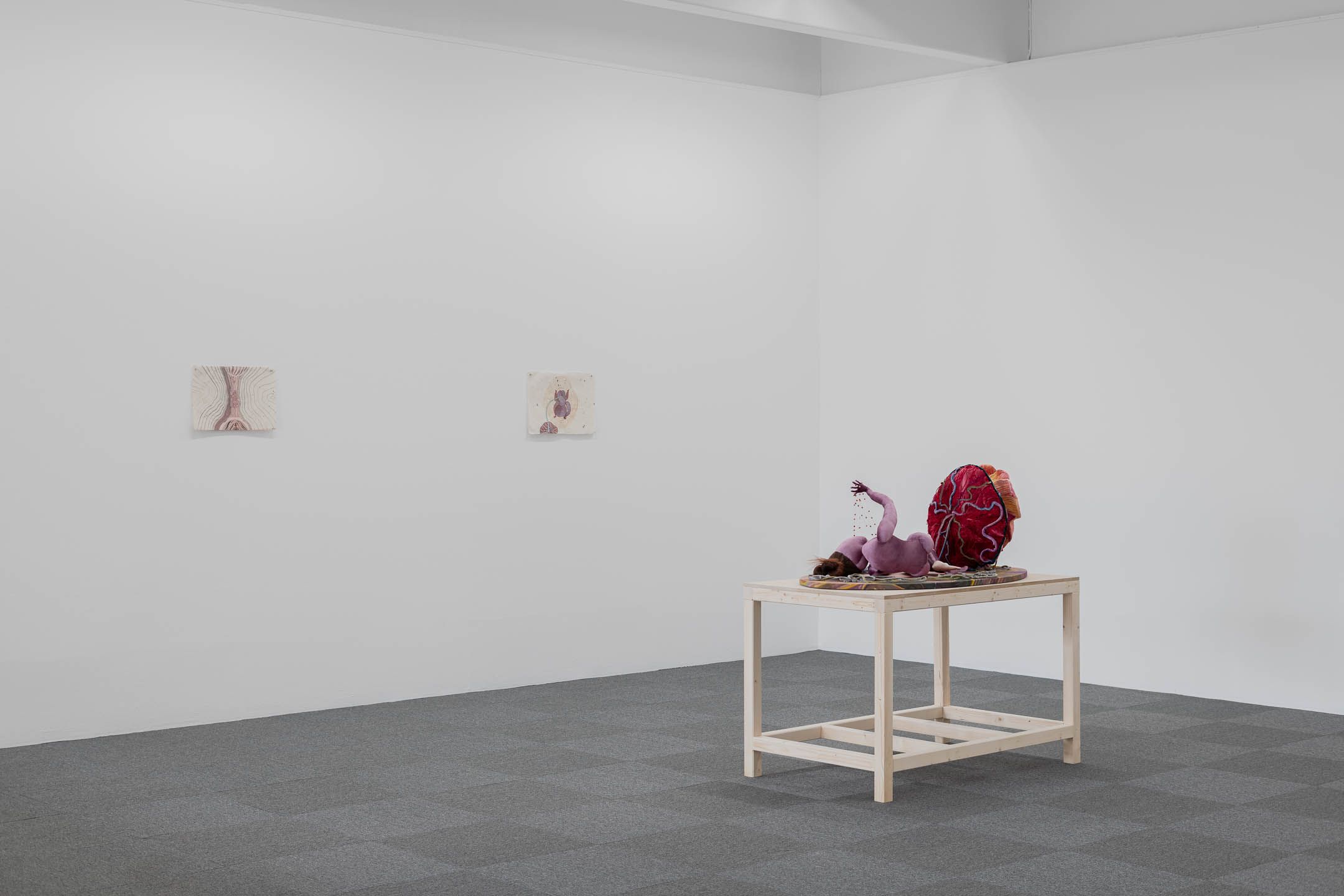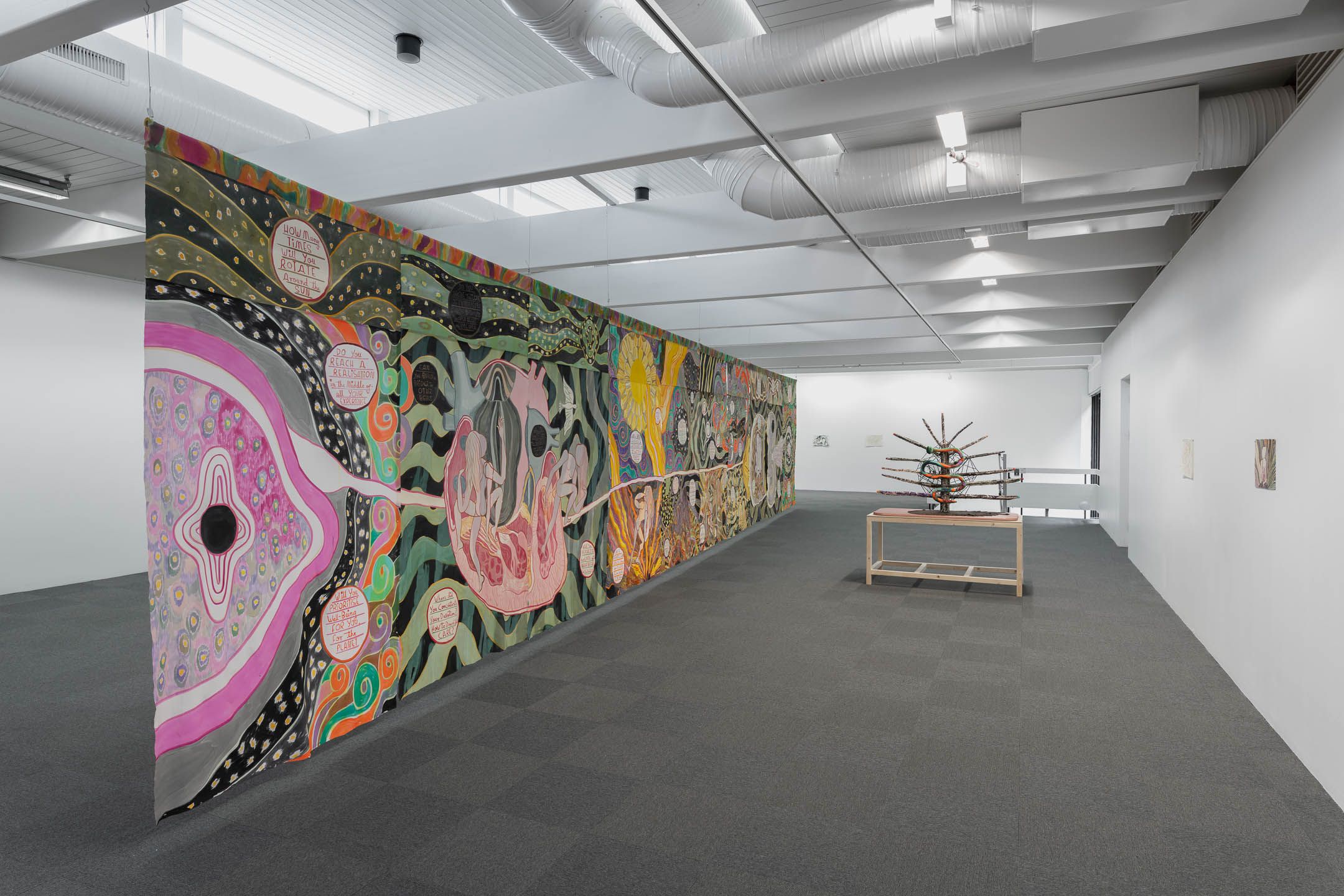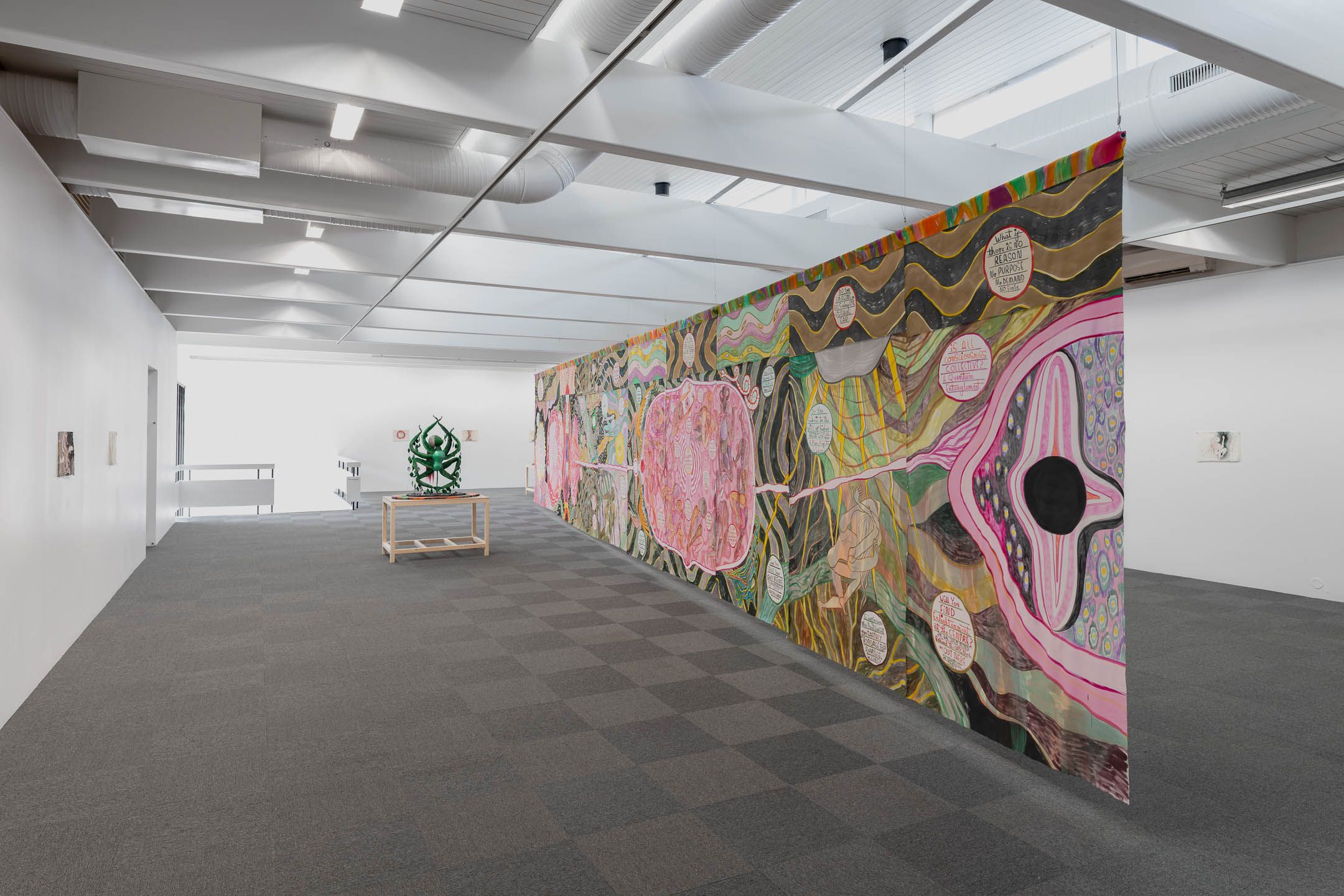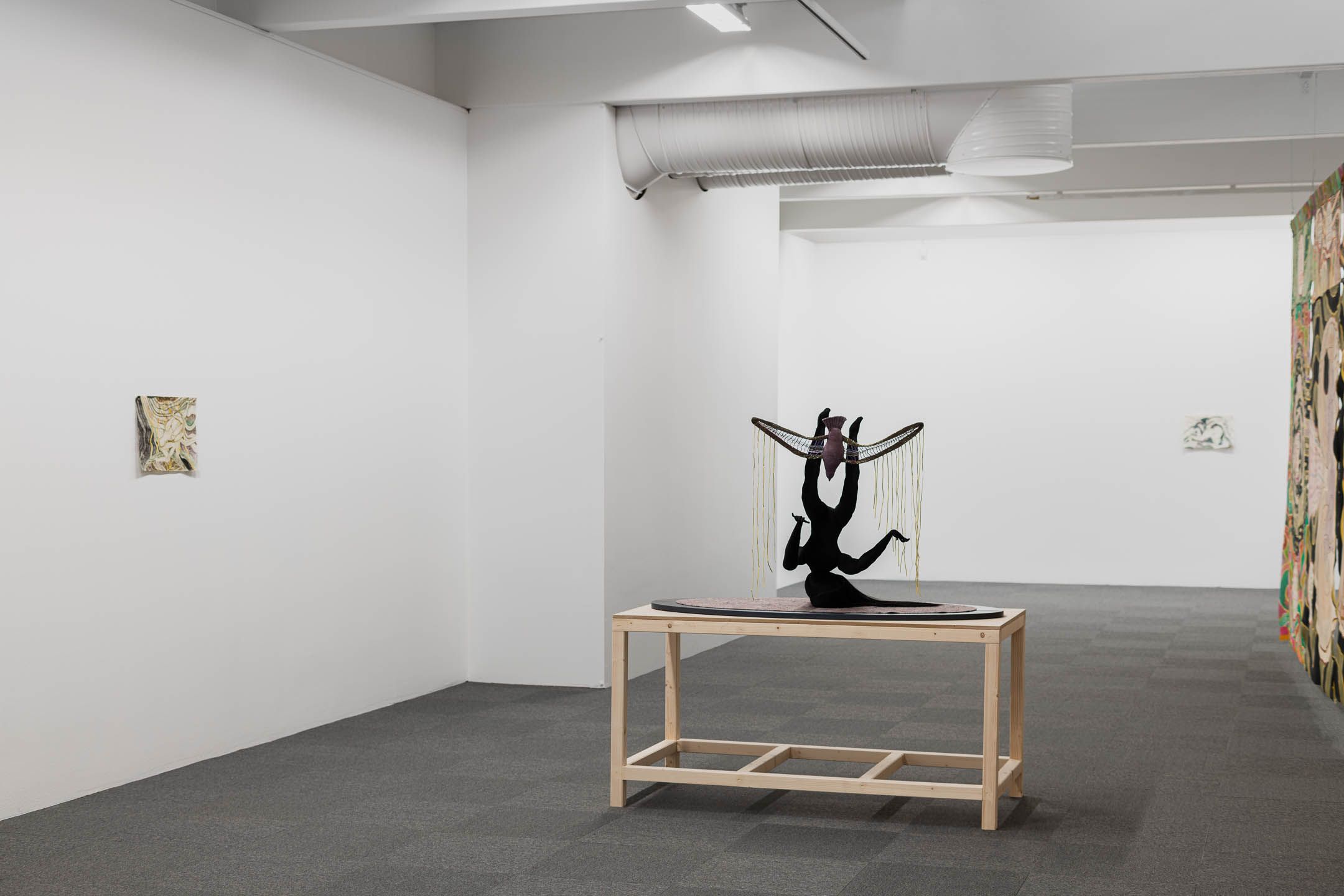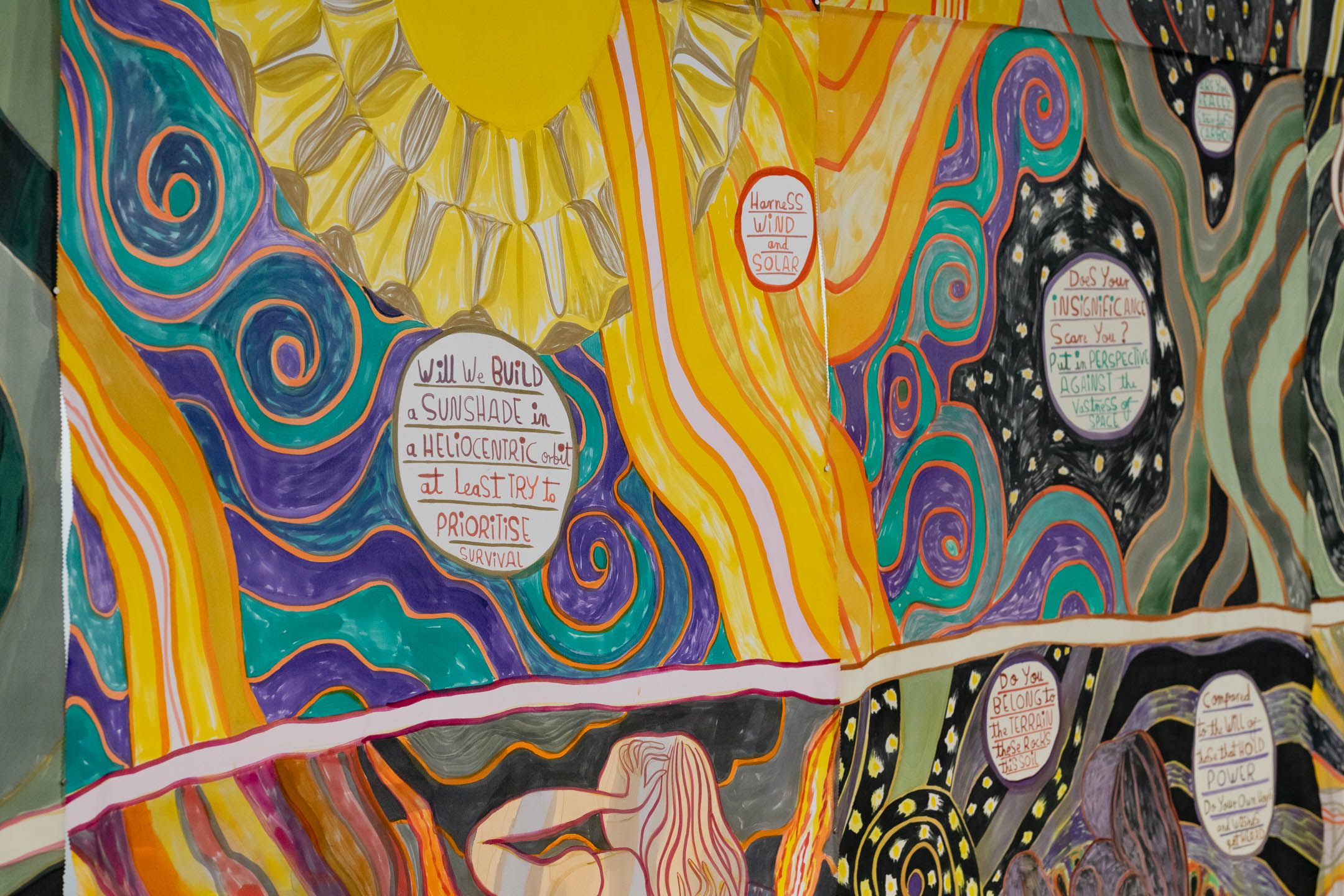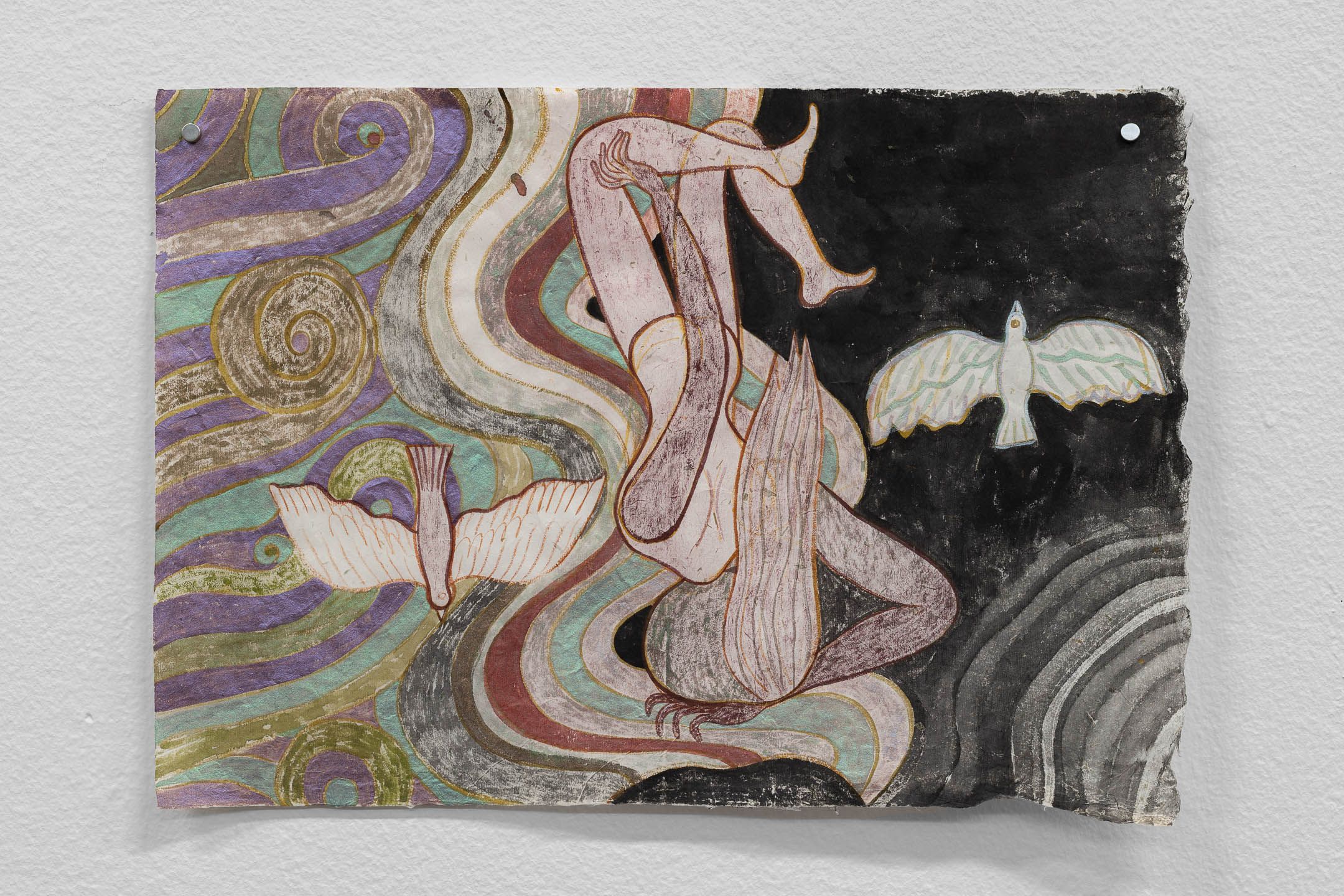
Interview: Inger Bruun
Inger Bruun - A Retrospective Exhibition at Kunsthall Stavanger March 8 - April 19, 2015 Critic and art historian Astrid Helen Windingstad recently met with Inger Bruun to discuss her retrospective exhibition currently on view at Kunsthall Stavanger. Below is an English transcript of the interview. The interview can be read in Norwegian in its entirety on the Kunsthall Stavanger blog, here.
- EN
- 31 March 2015
- Interview
